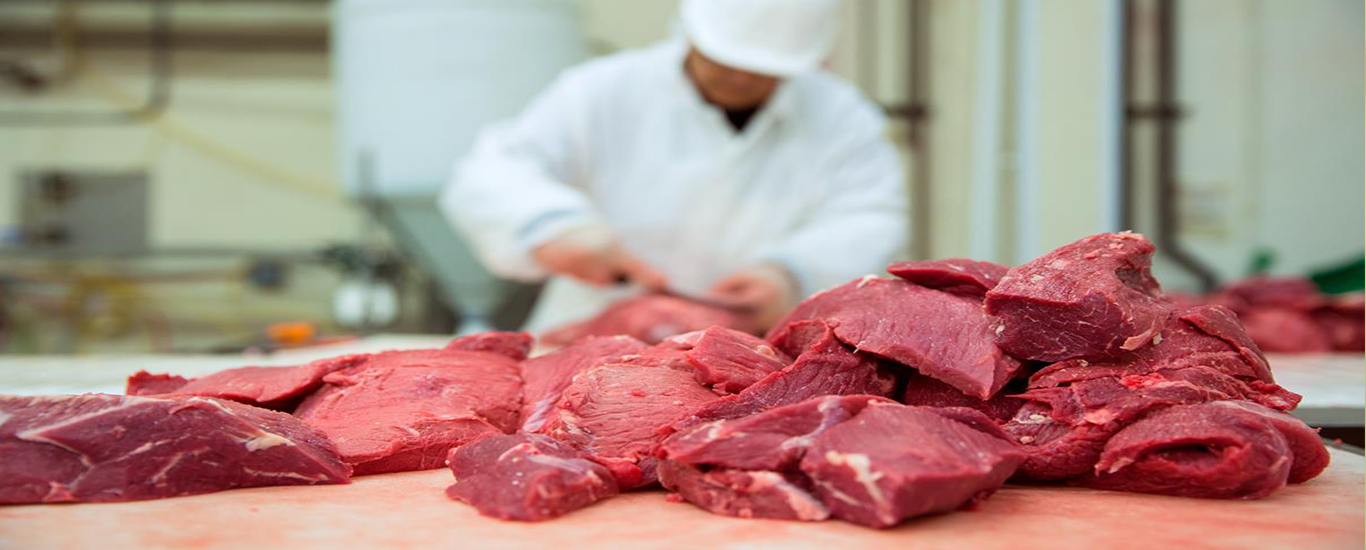
AVN Monitoring Desk
Meat exports continue to decline, falling by 18 per cent year-on-year to $221 million in the previous fiscal year, mainly because of a narrow export market.
The six-nation Gulf Cooperation Council (GCC) market, our largest meat buyer, still offers much room for exports, but it is high time Pakistan explored other export markets, including those in the Far Eastern, Central Asian and North African regions.
Moreover, Pakistani exporters should also penetrate deeper into existing but least-tapped non-GCC export markets, including Afghanistan, Bangladesh, China, Hong Kong, South Korea, Singapore, Thailand, Turkey, the United States, Britain and Vietnam.
Kuwait and Qatar have recently ramped up live sheep imports from Australia and even the United Arab Emirates (UAE) has started purchasing sheep from there in a big way. Qatar is sourcing 93pc of its total sheep imports from Australia as well, market reports suggest. Rising imports of Australian sheep into the GCC region has reduced their need for import of sheep meat.
Qatar has also opened a dairy farming facility with plans to import and keep 14,000 cows. According to a Reuters report, Qatar will be meeting all its dairy requirements through domestic sources by April 2018, though the country is currently importing meat from various sources and may have to continue limited imports even in the next year and afterwards.
“All this is a big threat to growth of Pakistan’s exports of sheep and goat meat to the GCC,” warns an official of Al-Shaheer Corporation, a leading meat processing and export company.
The GCC countries — which include Saudi Arabia, UAE, Kuwait, Qatar, Oman and Bahrain — have long been major buyers of Pakistani meat. But Kuwait and Qatar are now importing more live sheep as their domestic slaughtering facilities have expanded.
Saudi Arabia and the UAE are importing meat mainly from the US and Australia, but also from Brazil and France. Australian and American companies supplying certified halal meat are also meeting a part of meat import requirement of Oman and Bahrain.
Having said that, demand for Pakistani meat in GCC countries is still huge, both because they are our traditional buyers and because more than 3.5m Pakistanis live there.
“But tapping this demand is becoming difficult for two reasons. First, the Pakistan Halal Authority certification process is a bit slow and, second, meat processing and packaging in our country is not catching up fast with that of advanced nations like the US, Australia and New Zealand,” another leading Karachi-based exporter points out.
Pakistan’s exports of meat and its products fell more than 20pc to 61,516 tonnes in the previous fiscal year. The value of these exports dropped 18pc to $221m.
Officials of the Trade Development Authority of Pakistan (TDAP) and exporters say the exports volume fell mainly owing to lower shipments of frozen meat to the GCC region, where suppliers from the US, Australia and New Zealand did a better business.
Another reason for the decline in meat exports was that domestic demand remained high with an increase in income levels and a rise in craze for meat-based fast food, exporters say.
Growing sales of packaged meat at major chains of superstores at prices with enough built-in margins for meat processors have also facilitated larger domestic sales in recent years.
Exporters say they have been making efforts for the past two years to penetrate into the meat markets of the Far East, and have sold a few million dollars of meat to Hong Kong and Malaysia.
But they lament that they don’t get any meaningful help from Pakistan’s foreign trade missions in these countries. In the last fiscal year, meat exporters succeeded even in reaching out to far-flung African countries like Kenya and Senegal, non-traditional European markets like Poland and Italy, and Mexico.
Exporters say meat exports to these and similar countries are very small in volume, but could be increased with support from the TDAP and foreign trade missions.
Pakistan’s meat exports comprise mainly beef, mutton, lamb and their products. The country also exports live poultry birds, its processed meat and its products, but poultry export earnings stand nowhere compared to the exports of beef and mutton.
In the last fiscal year, exports of poultry birds earned about $3.5m and exports of poultry meat fetched $4.5m, far higher than $1.9m and $2.3m a year earlier. While live poultry birds were mostly exported to Afghanistan, the bulk of poultry meat went to Vietnam, according to TDAP officials.
But imports have also been growing amid an expanding network of foreign food franchises that use imported chicken.
In the preceding fiscal year, imports of live poultry birds cost Pakistan $9.6m, up from $8.8m a year ago. Imports of poultry meat, however, remained comparatively lower at $136,000 compared to $117,000 a year earlier, according to the State Bank of Pakistan.
Trade deficit of poultry birds and poultry meat can be reduced by bringing down the recently increased duties on the import of ingredients of poultry feed and by providing a suitable export subsidy, officials of the Pakistan Poultry Association say.
The UAE has already lifted an eight-year-old ban on poultry imports from Pakistan, and at Pakistan Expo 2017 held last month in Lahore, Big Bird — a poultry farming company owned by a leading political family in Pakistan — clinched some export deals.





